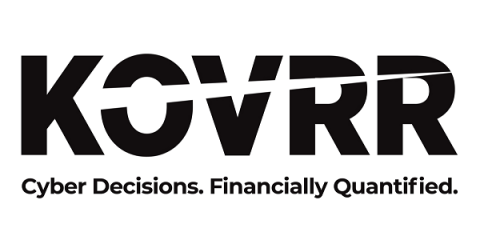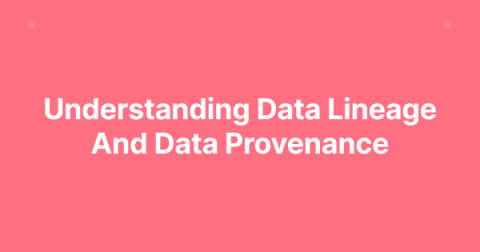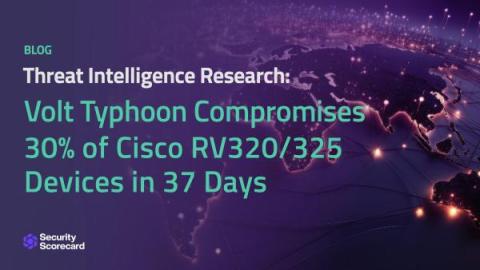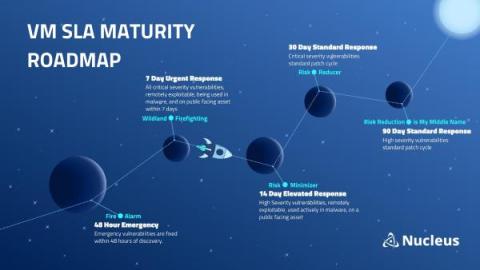CRQ Journey Part 3: Communicable, Calibrated, Granular Results
My journey to finding Kovrr had been packed with headaches and puzzles that many CISOs still face today. Within a few short years of being the CISO at Avid, a content-creation software provider, I managed to implement tighter security controls and develop a framework that enabled objective progress measurement. However, I constantly faced an impasse when attempting to communicate these achievements with the board.







